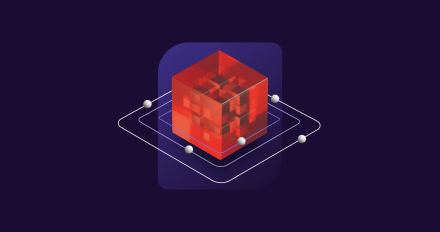
Your AI agents, evolved: Modernize Llama Stack agents by migrating to the Responses API
Learn how to migrate from Llama Stack’s deprecated Agent APIs to the modern, OpenAI-compatible Responses API without rebuilding from scratch.

Learn how to migrate from Llama Stack’s deprecated Agent APIs to the modern, OpenAI-compatible Responses API without rebuilding from scratch.
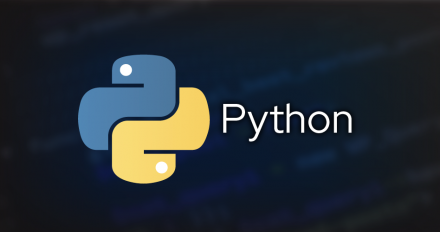
What RHEL 8 and 9 users need to know about Python 3.9 reaching the end-of-life phase upstream.

Optimize AI scheduling. Discover 3 workflows to automate RayCluster lifecycles using KubeRay and Kueue on Red Hat OpenShift AI 3.
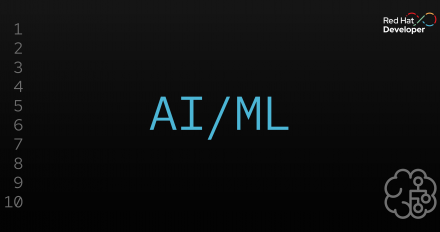
Use SDG Hub to generate high-quality synthetic data for your AI models. This guide provides a full, copy-pasteable Jupyter Notebook for practitioners.

Simplify LLM post-training with the Training Hub library, which provides a common, pythonic interface for running language model post-training algorithms.

Use Podman Desktop to create a bootable Flask-based application using image mode

Discover SDG Hub, an open framework for building, composing, and scaling synthetic data pipelines for large language models.
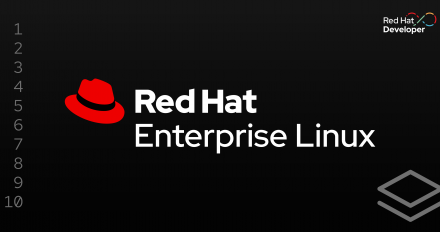
Use Podman Desktop to create a bootable Django-based application using image

Learn why changing the Python 3 interpreter in Red Hat Enterprise Linux 9 and later is unsupported and discover a safer alternative.

Learn how to install Python 3.13 on Red Hat Enterprise Linux and CentOS Stream using the Extra Packages for Enterprise Linux (EPEL) repository.

Discover the benefits of using Rust for building concurrent, scalable agentic systems, and learn how it addresses the GIL bottleneck in Python.

Enhance your Python AI applications with distributed tracing. Discover how to use Jaeger and OpenTelemetry for insights into Llama Stack interactions.
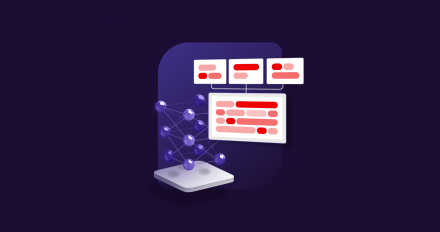
Learn how to optimize PyTorch code with minimal effort using torch.compile, a just-in-time compiler that generates optimized kernels automatically.
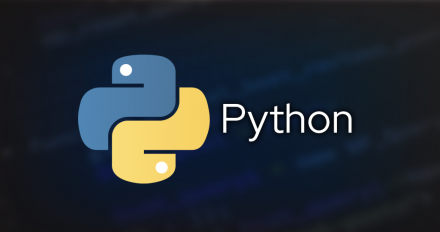
Learn how to implement Llama Stack's built-in guardrails with Python, helping to improve the safety and performance of your LLM applications.

Build a simple agentic AI server with the Model Context Protocol (MCP). This guide shows you how to create a Python-based weather tool.
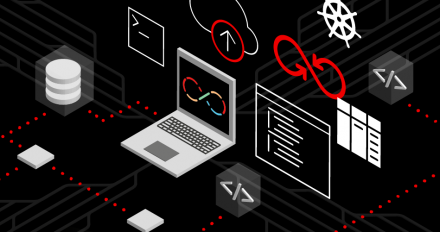
Discover how Redis and PostgreSQL work together to provide caching for improved SQL query performance in this demo.

This tutorial shows you how to use the Llama Stack API to implement retrieval-augmented generation for an AI application built with Python.
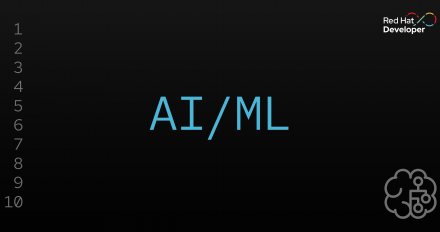
Learn about the advantages of prompt chaining and the ReAct framework compared to simpler agent architectures for complex tasks.

Harness Llama Stack with Python for LLM development. Explore tool calling, agents, and Model Context Protocol (MCP) for versatile integrations.
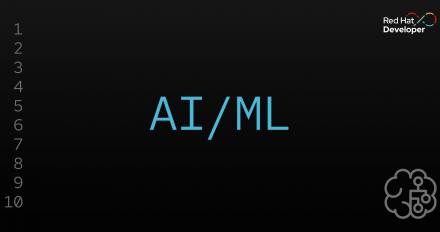
Integrate Red Hat AI Inference Server with LangChain to build agentic document processing workflows. This article presents a use case and Python code.

Learn how to run vLLM on CPUs with OpenShift using Kubernetes APIs and dive into performance experiments for LLM benchmarking in this beginner-friendly guide.

Deploy AI at the edge with Red Hat OpenShift AI. Learn to set up OpenShift AI, configure storage, train models, and serve using KServe's RawDeployment.

Explore the complete machine learning operations (MLOps) pipeline utilizing Red

Discover how you can use the Podman AI Lab extension for Podman Desktop to work

Jupyter Notebook works with OpenShift AI to interactively classify images. In